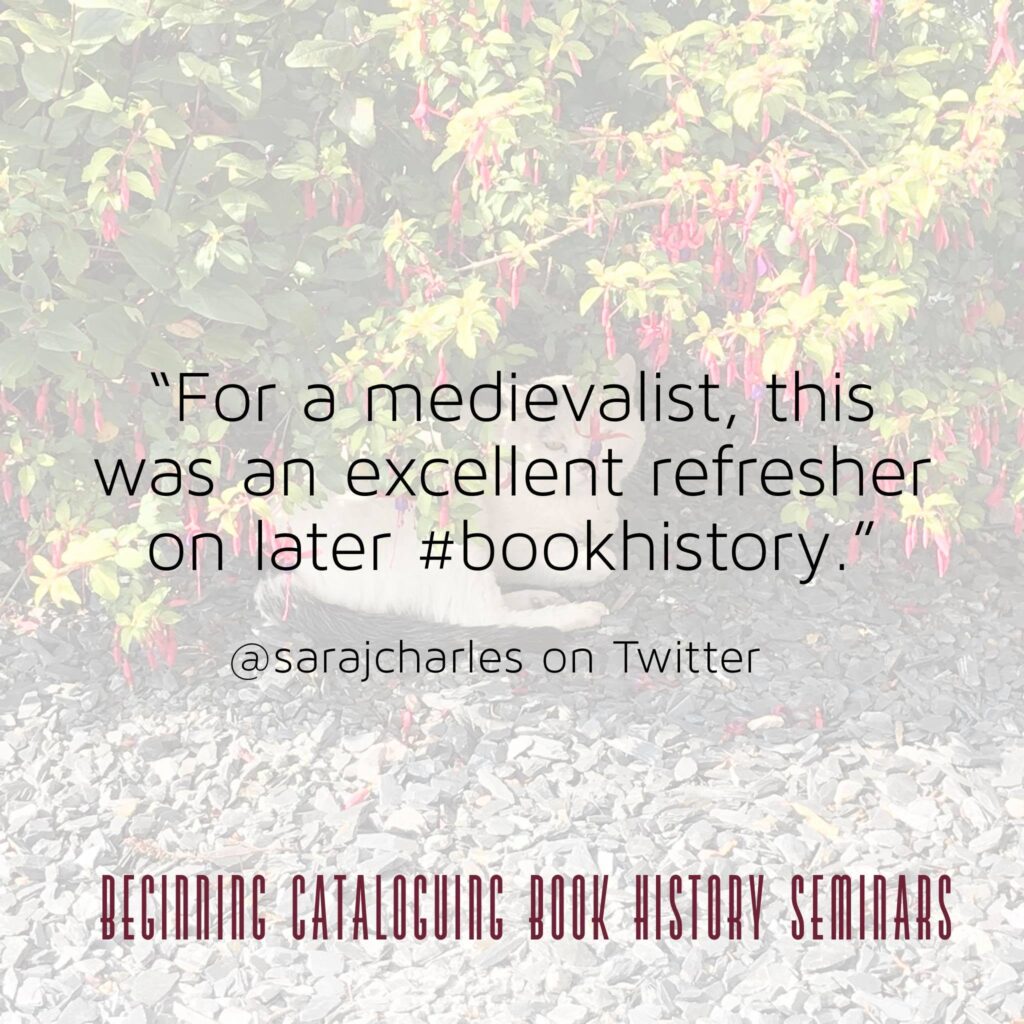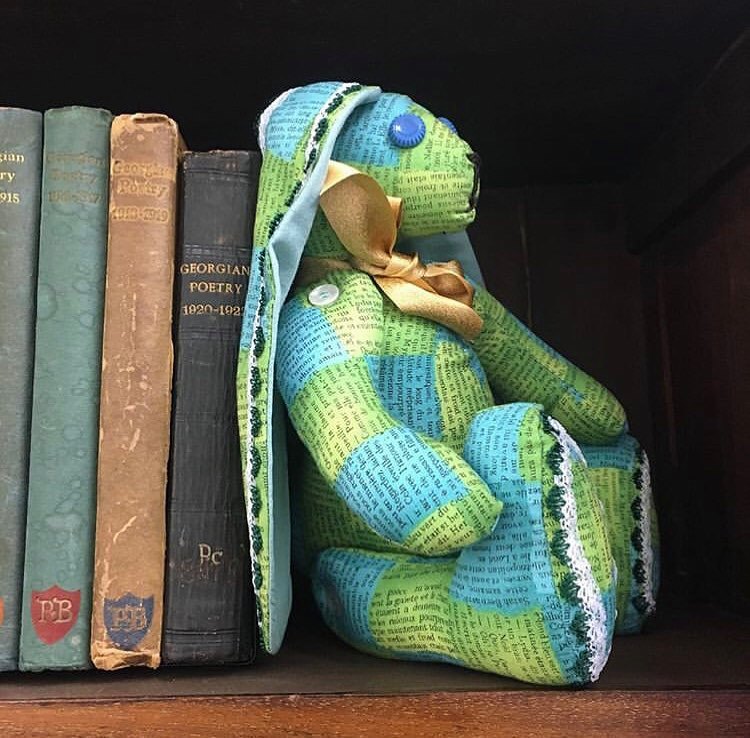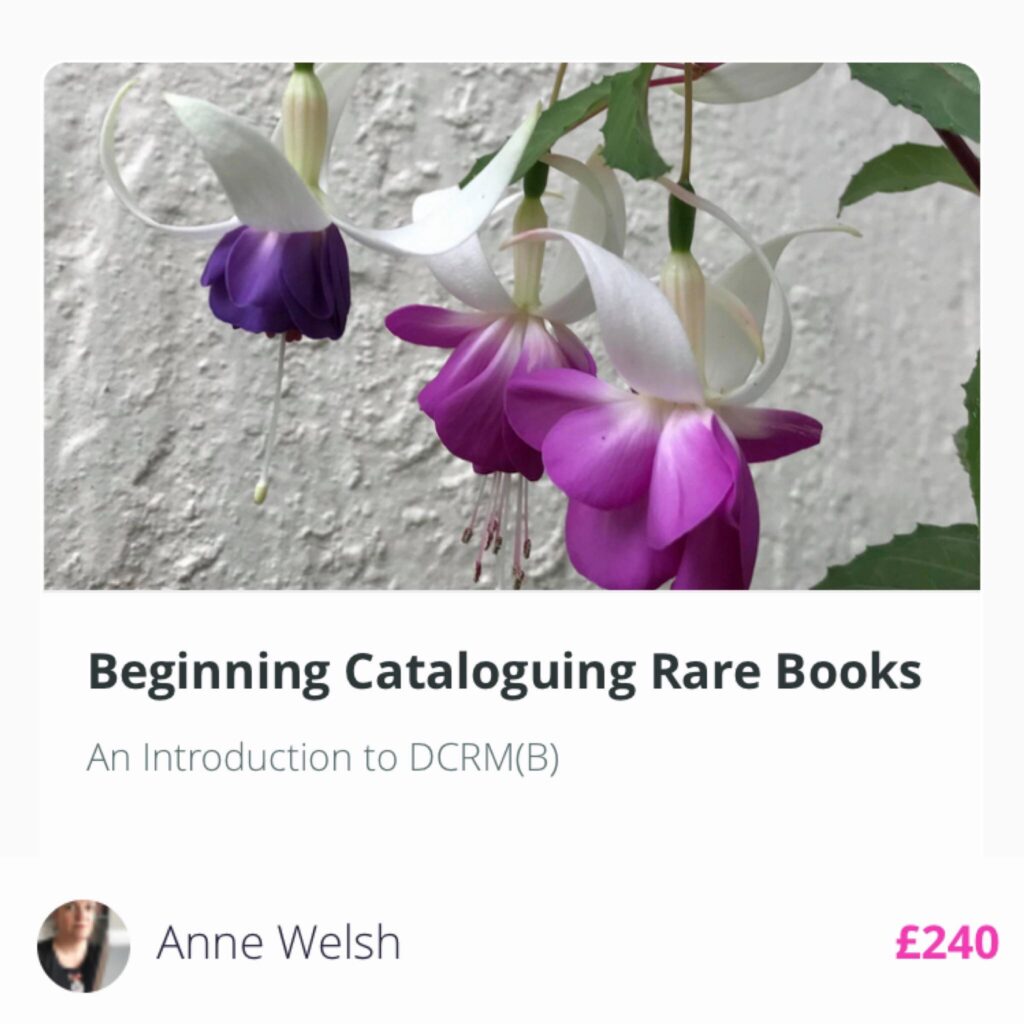
After the winter holiday, Yvonne Lewis shares what she learned at Krystle Attard Trevisan‘s Book History Seminar in December.
Curiosity about the holdings of the National Museum of Malta aroused my interest in this seminar. I’ve been to many talks on print techniques over the years, so was expecting to come away as baffled as ever about how the ink ended up on the paper in most cases. It is very difficult taking someone’s spoken or written description and turning it into images of how the processes work in your head. Letterpress I can imagine, but it gets more complicated when the speaker is trying to describe the various different offset techniques.
I was pleasantly surprised to come away feeling much more enlightened. As background introduction, Krystle took us clearly, but rapidly, through the many centuries of printing history, from Chinese woodblocks, through the various hand-presses, to modern photographic printmaking. Each phase was accompanied by close-up images of the finished product, plus supporting material on individual techniques. Both were extremely useful in showing the difference between copperplate and intaglio for example.
In her day job, Krystle is in the process of cataloguing c. 4,500 prints. As she demonstrated, use of a microscope or the zoom feature on a modern phone allows her to investigate the images more closely in order to identify the technique used. This must be invaluable as many of us have struggled in the past to be confident in our assessment of images when the maker has been a master of their technique. I do hope that Krystle will do more talks or seminars on printmaking techniques. Although images of her slides are imprinted on my brain, I’m sure a refresher will be required at a future date. One day, perhaps, a good excuse to visit Malta.
Yvonne Lewis

